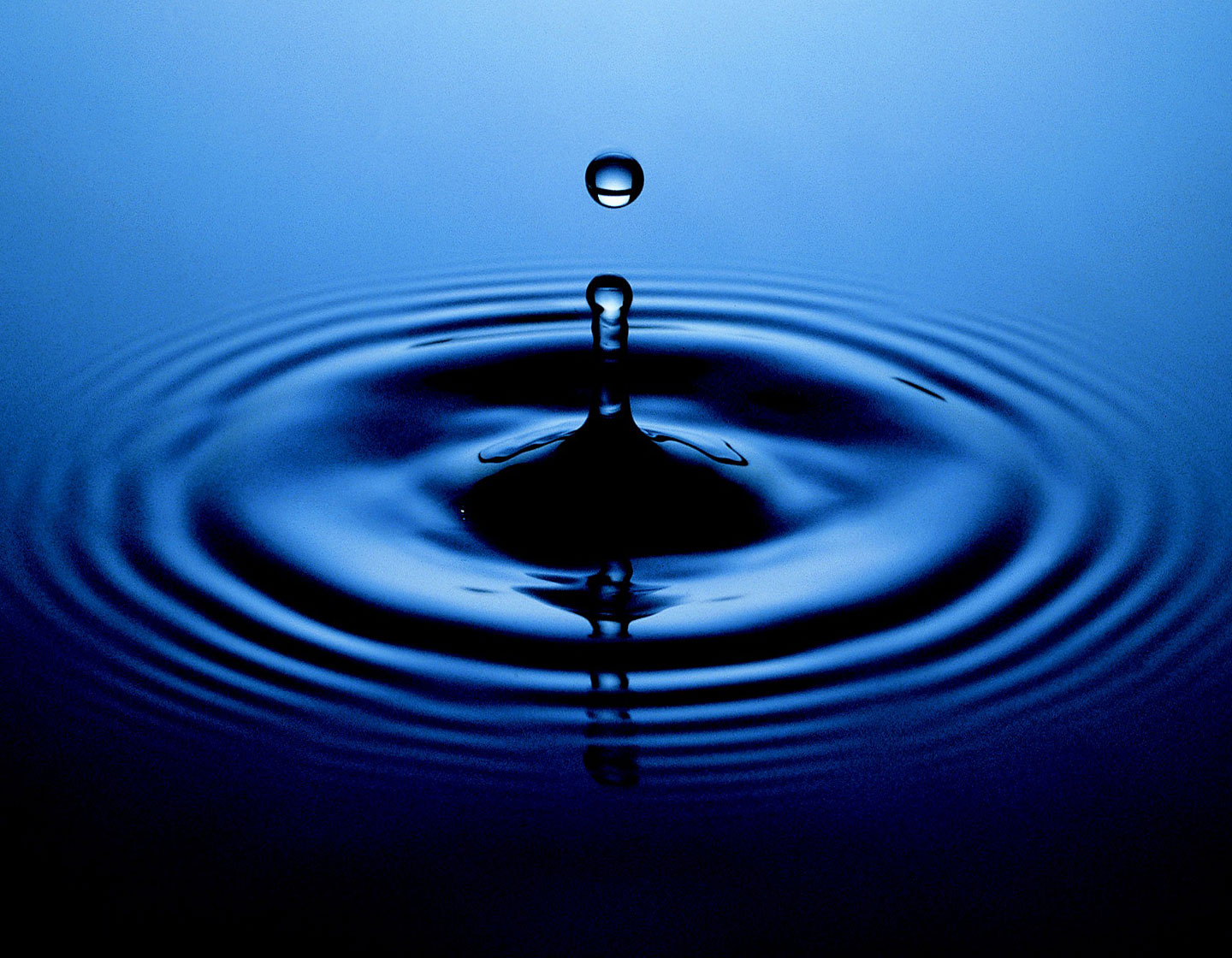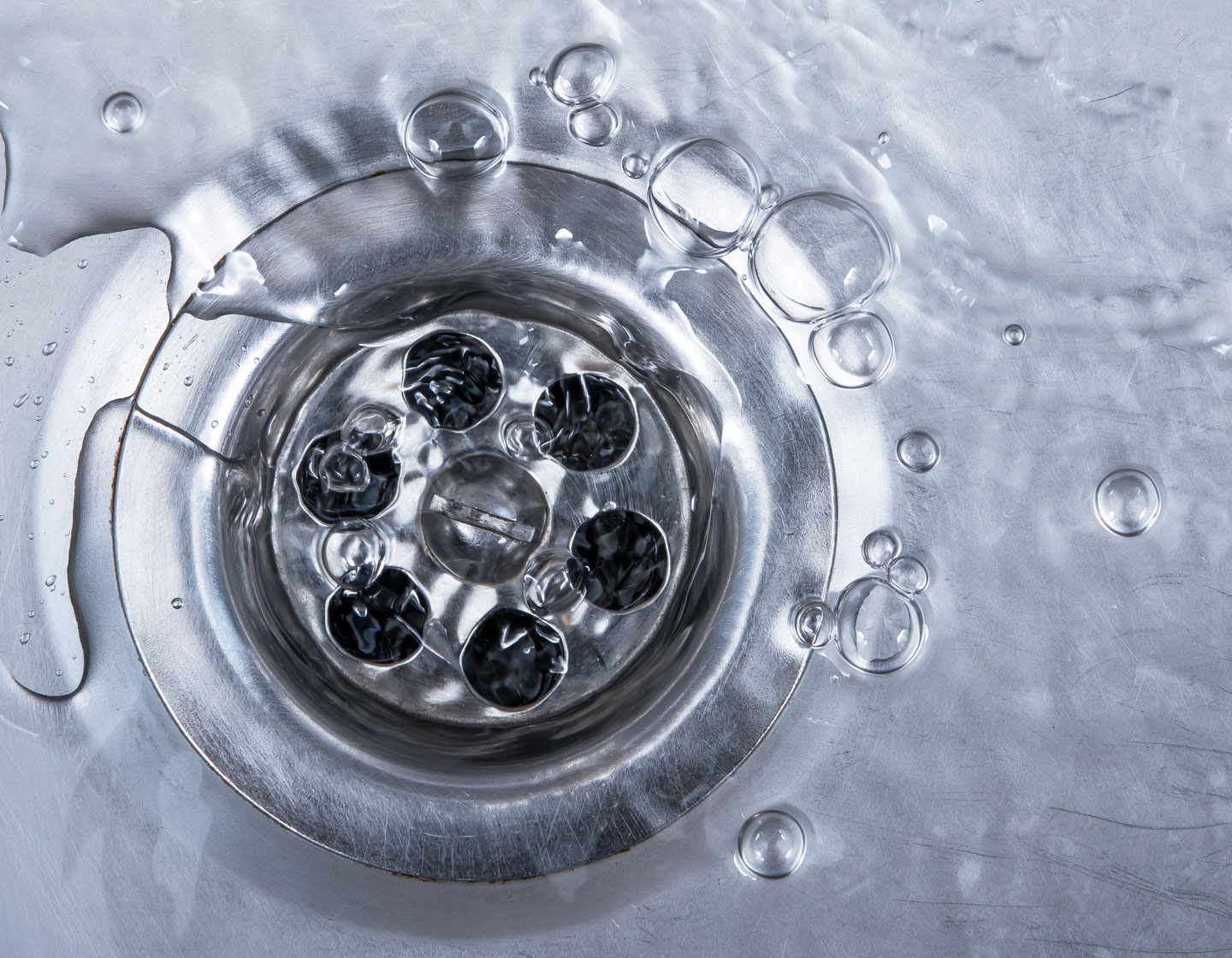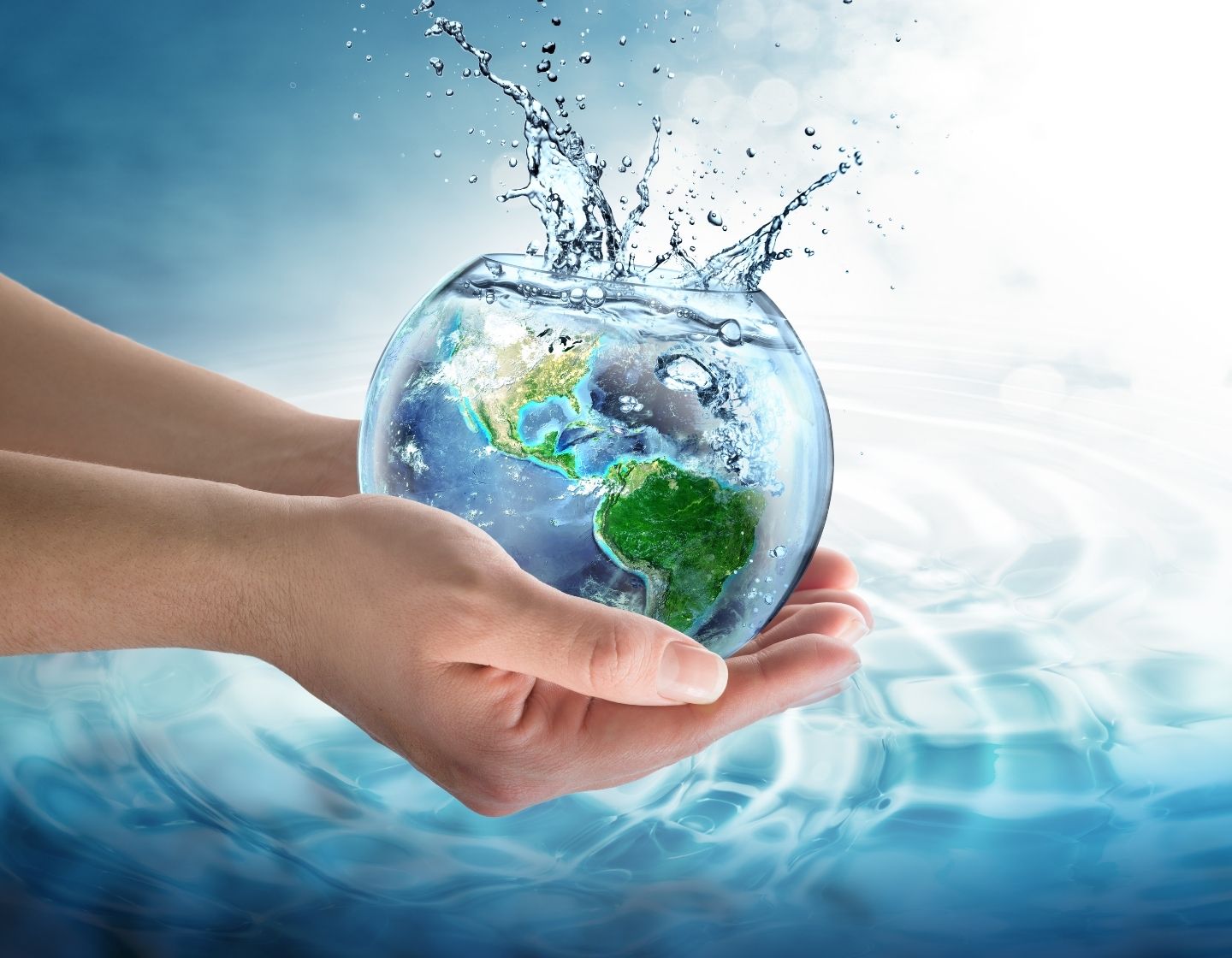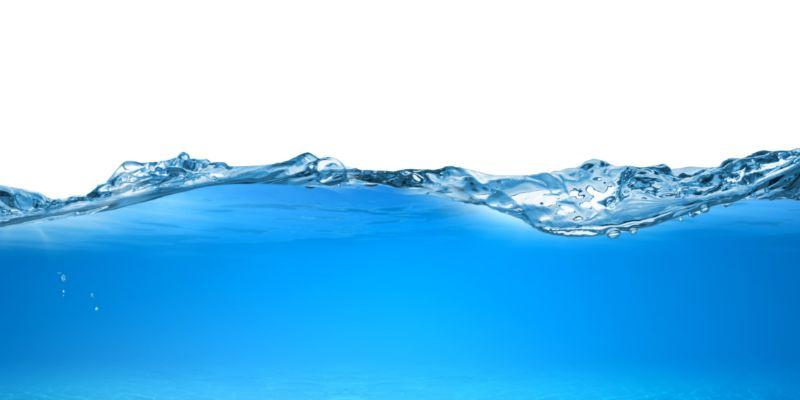Water shortages warning for households in England
Many of us in the UK are likely to be facing water shortages by the end of this decade, according to new research.
Seven regions in England, including the West Midlands, London, parts of the South West, the East Midlands, the East of England, and the South East are all expected to be “seriously water stressed” by 2030, driven by climate change and population growth.
Water stress is when there is not enough water of sufficient quality to meet the demands of people and the environment, and the Environment Agency warns warned that England risks running short of water by 2040.
The warming climate is expected to bring longer and hotter spells during the summer, which will put extra pressure on UK water resources. The agency also estimates that summer rainfall is expected to decrease by approximately 15% by the 2050s in England, and by up to 22% by the 2080s; and that by 2100, in the south-east we will increasingly see temperatures above 35°C, sometimes breaching 40°C.
Jaws of Death
The agency’s chief executive Sir James Bevan has underlined the need for increased focus on adaptation measures to avoid hitting the “Jaws of Death” – the point on water companies’ planning charts where water demand outstrips supply.
While the North West, the North East and Yorkshire & the Humber will be less vulnerable to severe water stress over the next decade, the number of regions affected by water challenges will rise to 12 by 2040, unless we all start using less.
The government also is pressing water companies to get much better at supplying efficiently with fewer leakages. Around 20% of the public water supply is lost to leakages.
Water stress is already a reality in many parts of Europe. Droughts and water scarcity are no longer rare or extreme events in Europe, and about 20% of the European territory and 30% of Europeans are affected by water stress during an average year, the European Environment Agency says.

Home water usage
Roughly half of the total UK water consumption is in the home and we’re now using almost 50% more water than 25 years ago, but this level of consumption is not sustainable in the long-term. Water usage in the home has risen 2% since 2017/18, despite Government targets to reduce it.
And interestingly enough, we all significantly underestimate how much water we use daily, according to the research from Kingfisher and economics consultants Cebr. The average person estimates their water usage at 57 litres per day – in fact it’s 144 litres.
To help close the looming gap between supply and demand, the government is targeting a reduction to 122 litres per person per day by 2038, falling to 110 litres by 2050. It aims to achieve this through its Plan for Water, which advises installing water butts, along with water conservation and efficiency to help reduce demand.
A study by Waterwise shows how we use water every day in the home:
- Toilet flushing 30%
- Personal washing – baths and taps 21%
- Personal washing – showers 12%
- Clothes washing 13%
- Washing up 8%
- Outdoor 7%
- Other 5%
- Drinking 4%.
Water companies provide around 14 billion litres of water a day for public water supply. The National Infrastructure Commission has recommended that around 4 billion litres of additional water a day will be needed in England by 2050.
The areas of highest consumption, above 155 litres per household per day, are in the extreme South West, the central Southern coast, the Home Counties, and the North East. The areas of lowest consumption, with less than 140 litres per household per day, are in found in parts of the South East, in the West Midlands, and across Yorkshire.
The Kingfisher study shows that a third (31%) of us say we have not taken any water-saving measures in the home while over half (53%) wish we had more information on how to save water.

How to use less water
So how can we use less water at home? We can make sure our toilets are in tip top condition, checking for leaks and making sure the dual-flush cisterns work properly. Leaky loos are wasting 400 million litres of water a day.
We can avoid taking baths where possible and fit eco taps that reduce water usage by up to 60% with no loss of effectiveness and quality – or try tap aerators. Instead of baths, we can take showers and be sure to install eco shower heads, which cut water consumption by up to two-thirds, with no loss of quality.
When showering, we can experiment with putting on our favourite 4-minute song and try to finish before the song ends. And save even more by turning the water off in between washing our body, shampooing and conditioning. We could even place a bucket in the shower to collect excess water and use that to flush the toilet.
The research shows that 40% of us shower for 8 minutes or longer with only 1 in 4 (25%) showering for under 5 minutes. The average shower head uses 12 litres of water a minute, so an 8-minute shower will use up to 96 litres of water.
In our clothes washing routines, we can always make we have a full load in the washing machine and if we have a dishwasher, then make sure that is full before we start the cycle. If we prefer to wash the dishes by hand, then we can remember to use a bowl rather than just washing and rinsing under a full flowing tap.
Outside, if we have a garden to care for, we can invest in a water butt and use a watering can instead of a hose, which can use up to 1,000 litres of water an hour and avoid watering the lawn – parched grass will recover when it rains more regularly. Check the weather to avoid using water when it’s going to pour.

Other top water-saving tips
- Turn off the tap when brushing teeth (a running tap wastes 6 litres a minute)
- Keep a jug next to the kitchen tap to collect any water that you run when waiting for the tap to heat up and use it to water houseplants or garden. Collect water from cooking to water plants when cooled.
- When refreshing a pet’s water bowl, use the old water on house plants rather than pouring it down the drain.
- Freshen up the shirt you’ve worn for online meetings with a quick iron or simply hang it up rather than putting it in the washing pile.
- Avoid shaving with the shower or tap running – use a small bowl of water instead.
- Research suggests that our hair thrives when we don’t wash it so much so we can wash it less and try dry shampoo as well.
Being smart with the way we use water in the home will save money, especially if we are metered, and help to reduce both greenhouse gas emissions and chemicals used in water treatment. Using less water also reduces our overall impact on the environment.

